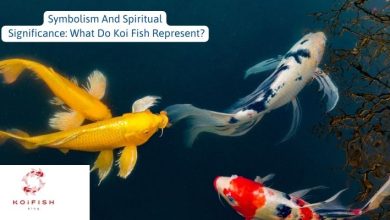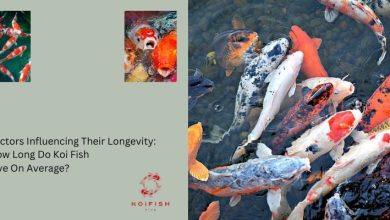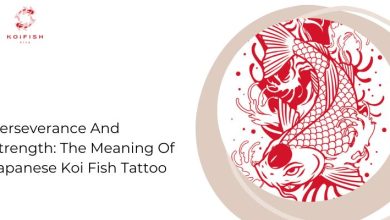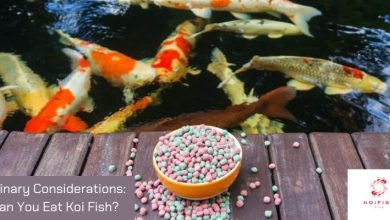Koi Nutrition Secret: Exploring The World Of Koi Fish Food
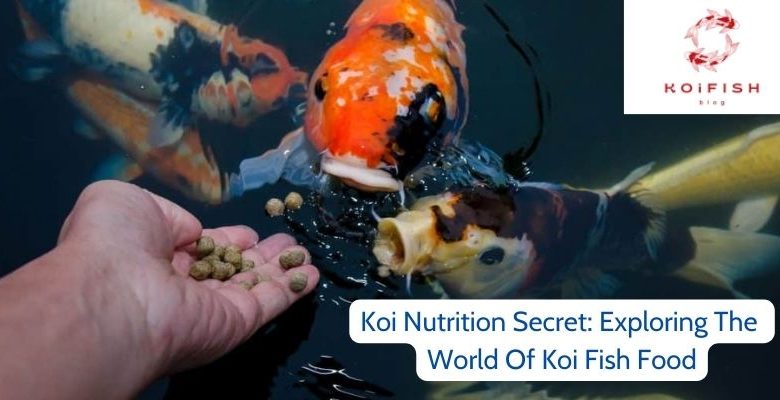
Koi fish are captivating to watch because of their vivid colors and beautiful movements, but they also need a healthy diet to survive. We explore the crucial factors to take into account when giving your aquatic companions the food they require as we delve into the world of koi fish food. We dive beneath the surface of the water to learn about the nuances of koi nutrition and the skill of choosing the ideal food for these cherished pond creatures on this post.
Koi Fish Food Standards

The Koi fish food you provide your fish has a significant impact on their health and happiness. It is crucial to buy high-quality koi food over inferior alternatives because of this.
Koi fish food of the highest caliber is produced using nutrient-rich, fresh ingredients. Although this kind of Koi fish food normally costs more than its inferior equivalent, it is a worthwhile investment because it will keep your koi healthy and lively. In order to make your fish work a little bit harder to consume it, high-quality koi food should also sink slowly. By doing this, they can be sure to obtain the activity they require to stay healthy.
Less expensive components are used to produce low-quality Koi fish food. Your koi might not live as long as fish on a high-quality diet because this kind of food can harm their health. Poor-quality Koi fish food often sinks more rapidly, which means your fish don’t have to work as hard to consume it. Their lifespan may be shortened as a result of obesity.
What Do Koi Fish Eat?
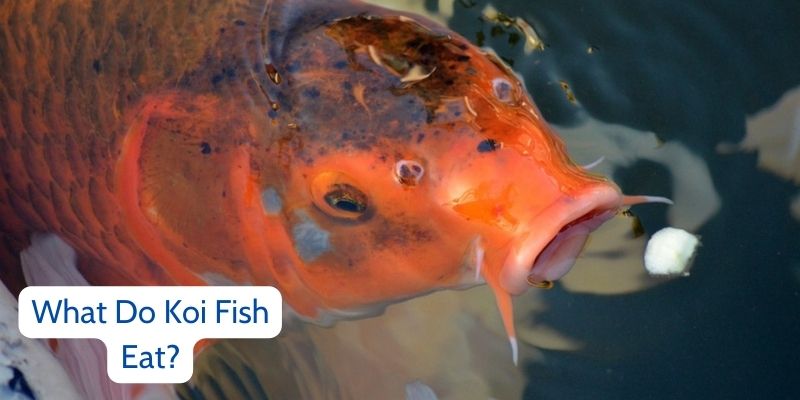
Worms, larvae, seeds, algae, insects, and tiny crustaceans are among the food items that koi fish consume. They will consume almost everything that will fit in their jaws, making them technically omnivores. Koi can’t easily bite or tear since they lack fangs in their rounded jaws. Instead, they have soft mouths that are more suited to sucking on food.
The term “benthic feeders” refers to koi. Benthic feeders feed on the organisms they can discover on the bottom of a body of water. Koi, also referred to as bottom feeders, search the sediment bed of the body of water where they live for any Koi fish food that might be present. Although they typically eat from sediment bed bottoms, contemporary domestication has allowed them to consume food and detritus that are on the surface of the water. As a result, koi owners must regularly feed their fish.
Many people feed food pellets to koi with their bare hands because they lack teeth. The koi is highly ticklish and frequently suckers the person’s fingers as it feeds. Koi aren’t dangerous to people, so you don’t need to be concerned about swimming or dipping your hands in water with them.
The following is a list of the most typical things that koi would consume in a pond or other natural setting:
- Algae
- Pupae of silkworms
- Bloodworms
- Earthworms
- Insect larvae
- Tadpoles
- Duckweed
- Hyacinths
What To Avoid Feeding Koi Fish?
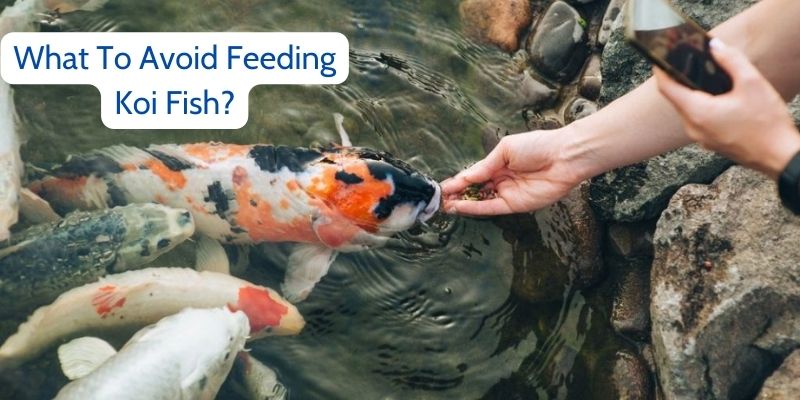
Never give koi fish anything that has a lot of carbs. Additionally, you ought to refrain from giving them white bread, peas, and maize. Carbohydrates are challenging for koi fish to digest. Koi fish food shouldn’t be anything you catch in the wild either. This applies to all living things, such as frogs, fish, and insects. They might carry parasites or diseases that they can spread to your fish.
The ideal meal for koi is not grains. They frequently have a high fattening tendency, which is advantageous if your fish start to lose weight. If you choose to serve them pasta or rice, you must first prepare them without salt. Otherwise, the meal can swell up inside your koi. They shouldn’t base their diet entirely on these things. They don’t provide much nutrients for koi. Some people feed their Koi fish food and dog food. Given that it wasn’t designed for koi or a component of their regular diet, we advise being extremely cautious in this situation.
Reasons Your Koi Fish Might Not Be Eating
There are many things that can cause koi fish to lose interest in food. Let’s examine some of the most prevalent causes:
- Water temperature: Koi fish are ectothermic organisms, meaning that the temperature of their bodies is controlled by their surroundings. Their metabolism slows down and their appetite is lowered if the water temperature falls too low. The ideal water temperature range is between 68°F and 75°F (20°C and 24°C), so make sure that it stays there.
- Water Quality: Your koi fish’s appetite may be significantly impacted by poor water quality. Stress and pain brought on by high levels of ammonia or nitrites can result in loss of appetite. To guarantee a clean and healthy habitat for your fish, regularly test the water’s parameters and maintain correct filtration and aeration.
- Overfeeding: It’s true, overfeeding koi fish can cause them to lose interest in Koi fish food. When they are given too much, they could develop fussy eating habits or just lose interest in food. Maintain a feeding plan and only give your koi fish as much food as they can take in a short period of time.
- Disease or Parasites: Discomfort and loss of appetite in koi fish can result from illness or parasite infestations like flukes or anchor worms. A veterinarian should be consulted if you have any concerns about your pet’s health. Pay close attention to how they act and appear.
- Koi fish are delicate creatures, and stress can have a big impact on how they eat. They may become disinterested in eating as a result of stressors including crowding, hostile tank mates, or rapid changes in their surroundings. Make sure your koi fish have adequate room to grow and a calm habitat.
In conclusion, the koi fish food industry is a complex field where the art and science of supplying the best nutrition converge. Understanding koi fish’s food requirements is essential for their wellbeing, development, and the overall harmony of the pond environment. Owners can customize their feeding techniques to fit the nutritional needs of their valued aquatic companions by experimenting with several types of koi fish food, from staple pellets and flakes to live and frozen choices. Koi are well-prepared for shifting environmental conditions because to seasonal considerations, which include customized meals for different times of the year.
Conclusion: So above is the Koi Nutrition Secret: Exploring The World Of Koi Fish Food article. Hopefully with this article you can help you in life, always follow and read our good articles on the website: koifishblog.com

